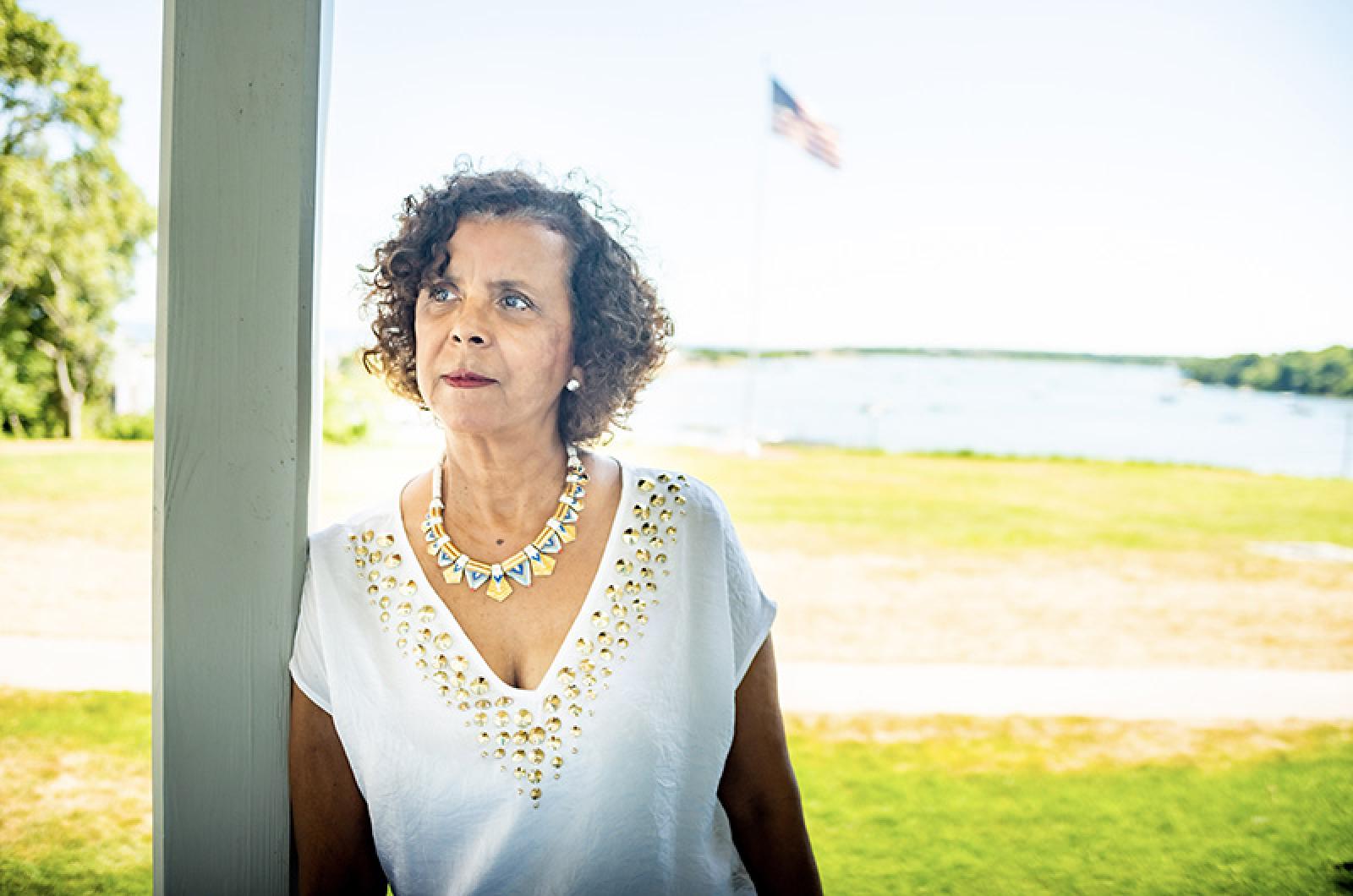In the wake of the George Floyd protests in 2020, many major corporations promised to change. Companies such as Grubhub, Microsoft, Peloton and Paypal issued public statements in support of the Black Lives Matter movement, and some referenced their own commitments to fostering diversity, equity and inclusion in the workplace — commitments that fell on the shoulders of chief diversity officers (CDOs), one of the fastest-growing chief positions of the past five years.
Next Friday, many of those CDOs will shares their challenges, successes and new ideas with the public in an open session at the Martha’s Vineyard Museum.
According to the S&P 500 index, hiring for DEI officials tripled in the period after Floyd’s death. The same survey found that many CDOs act as departments of one, have no prior experience in the role and suffer higher levels of burnout compared to other C-suite positions.
While that may paint a bleak picture, these are the challenges that Dani Monroe, the founder of the Martha’s Vineyard CDO Summit, wants to tackle. After more than 30 years as an external consultant, Ms. Monroe became the inaugural CDO at Mass General Brigham in 2016, where she experienced the same learning curve many CDOs face today.
“After George Floyd, there was no way to hold organizations accountable,” Ms. Monroe said ahead of the summit, which takes place from Wednesday to Friday, August 10 to 12. “There’s now a mindset of going back to business as usual, and those of us who know the cyclical nature of our work knew that 2020 was our window of opportunity, and now it’s beginning to close.”
To help prop the window open, the MV CDO Summit, a three-day retreat held on the lawn of the Martha’s Vineyard Museum, will help give CDOs the tools to encourage growth at their organizations and expose them to what Ms. Monroe calls a tradition of intellectual thought leadership on the Island. Featured speakers include Dr. Kizzmekia S. Corbett, PhD, a leading coronavirus scientist and assistant professor at the Harvard T.H. Chan School of Public Health; The View host Sunny Hostin; and journalist Nikole Hannah-Jones.
The summit will also host a public session at 3 p.m. on August 12, at which community members can hear from keynote speakers and summit attendees can learn from the community that has hosted them the past three days.
“I didn’t just want one person talking about the five best ways to be a leader,” Ms. Monroe said. “Instead, I wanted people to experience these thought leaders and extrapolate from those conversations what the key components of leadership are.”
One of the biggest misconceptions about DEI work, Ms. Monroe believes, is the idea that that it can be limited to what management professionals call human capital, the skillset and experiences of the people they hire.
“DEI cuts across everything in an organization,” Ms. Monroe countered. “It’s the strategy and the tool that moves organizations forward.”
Nowadays, Ms. Monroe observed, CDOs are being called to address a variety of social justice issues in the workplace, from the fall of Roe v. Wade to the latest mass shooting. Without the proper agency and resources, CDOs can easily get overwhelmed.
“When you look at CDOs in organizations, we also experience our own microaggressions,” Ms. Monroe said. “We have to compartmentalize our own experiences as individuals in order to do the work. If you don’t step back and take care of yourself, that builds up and leads to burnout.”
For that reason, Ms. Monroe stresses the importance of boundaries, and solutions that emphasize wider strategy and policy over an individualized approach.
“It’s not about just coming up with a solution,” she said. “You have to integrate the solution and deal with the impact. You’re dealing with the people and politics, and the systems that may or may not exist to support you. And you have to live with the results and the tension of those on board and those who are not.”
That tension, Ms. Monroe said, is a key feature of DEI work, no matter where you are.
“Organizations don’t just change,” Ms. Monroe said. “You have to prepare them to get ready for change. You need a little bit of tension – just enough to wake people up and give them discomfort, but not so much that you get shut down.”







Comments
Comment policy »